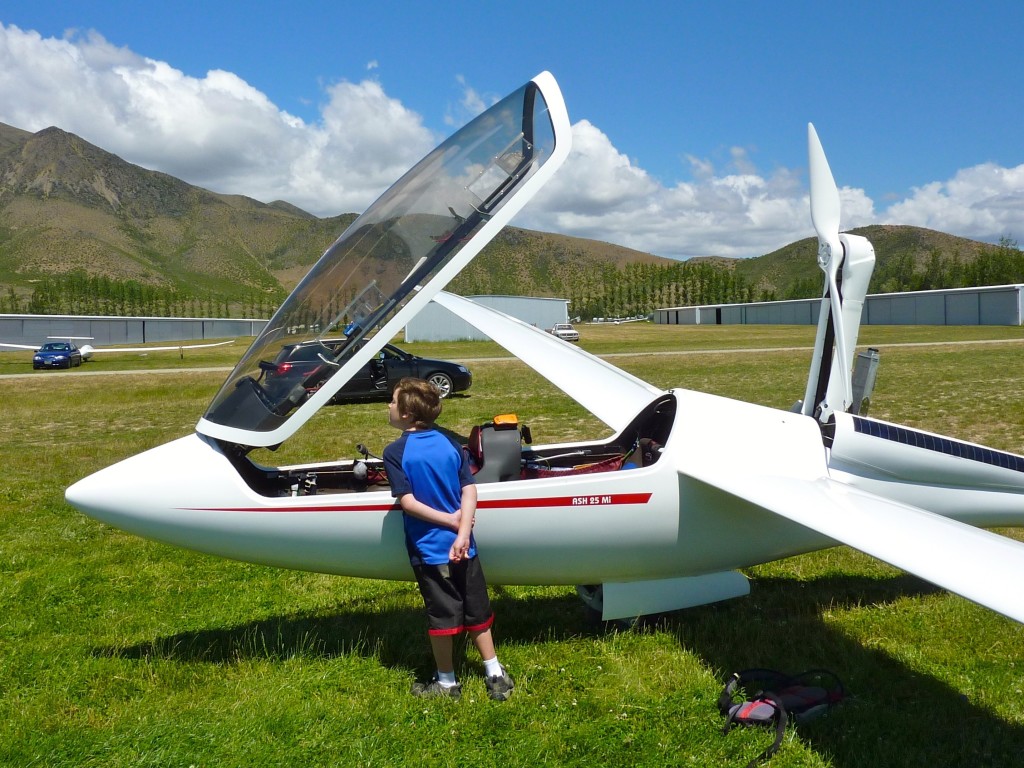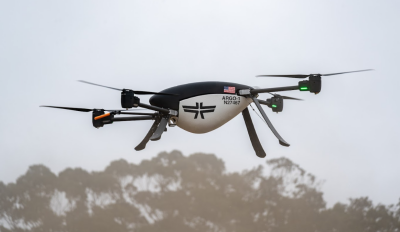Whether you’re flying a manned or an unmanned aerial vehicle (UAV), the laws of physics are the same, and most, if not all, risks are also the same. Falling from the sky is not a unique feature of a drone, nor is it the exclusive domain of aircraft manned by expert, FAA-certified pilots. Everything that goes into the air has the potential to come down to earth in an out of control.
Manned and unmanned aviation clearly have similar problems and now, it seems, they are addressing the solutions in a similar fashion. For ten years I owned and flew a Cirrus SR20 aircraft equipped with a fuselage parachute but today, many companies in the UAV industry are offering similar solutions to small drones. Companies such as Fruity Chutes offer generic recovery solutions for fixed wing and multicopters to avoid complete losses during systems’ malfunctions that result in crashes.
Drone programs and services are being utilized by countless organizations to streamline processes and improve efficiencies, but more and more of them have come to realize that such applications need to be built on non-negotiable safety features of the aircraft they purchase. However unlikely a complete system loss might be for a given operation is irrelevant, especially in light of changing expectations when it comes to drone operator liability.
Words and phrases like detect-and-avoid (DAA), auto-land or return to base, are now common among sellers and buyers of unmanned aviation. These features are also essential elements of the research and development process aimed at obtaining further “freedoms” from FAA regulators when it comes to more easily permitting flights beyond visual line of sight (BVLOS) and over people.
These same types of features are present in manned aircraft as they have their own DAA on board. It’s called the pilot, and they’ve detected and avoided what could have otherwise been deadly results. But what happens if the pilot is incapacitated? Here’s where the manned aviation industry has turned to unmanned aviation for answers.
In the case of most UAV’s, accelerating and decelerating is a matter of increasing voltage. Therefore, returning to base is simply a sequence of commands that affect navigation, altitude and speed. The key to having auto-land in a manned aircraft is to have control of the throttle. The autopilot is already connected to the navigation system and most commercial autopilots today can fly an instrument approach almost to the runway, so the only missing link is having control of the speed. It really is that simple.
Almost every commercial jetliner in the world has the function of auto-throttle to provide better fuel efficiency and control during take-off and landing, but very few general aviation and business jets nowadays have it. This is beginning to change with brands starting to provide the option with their newer models.
Cirrus Aircraft, the same company that manufactured my SR20 in 2001 has introduced Safe Return—a revolutionary emergency landing system that enables passengers to land the Vision Jet with just the touch of a single button. Their launch of the Cirrus Vision Jet with auto-throttle and Safe Return is a major development for the industry. Auto-throttle was launched earlier this year on the new G2 Vision Jet. This feature is an automatic flight control system that manages the aircraft’s speed, altitude and path, while the system automatically lowers the flaps and landing gear on final approach.
Once activated, Safe Return assumes control of the aircraft and transforms the Vision Jet into an autonomous vehicle that navigates to the nearest suitable airport for landing, communicates with air traffic control, lands and brings the aircraft safely to a complete stop. The Vision Jet, with both Safe Return and the Cirrus Airframe Parachute System (CAPS), provides a safety solution for Vision Jet operators.
Auto-land and return-to-base capabilities are almost standard features in most drones used for commercial purposes, and end-users insist on these capabilities for missions near people or expensive infrastructure. The same can’t be said about manned aviation on account of how internal combustion and jet engines are accelerated and decelerated using physical cables and wires. Automating these devices is not easy or cheap, but Cirrus is changing expectations across the space.
“Our mission is to make personal aviation more accessible by continuing to improve passenger comfort and safety,” said Zean Nielsen, Cirrus Aircraft chief executive. “Safe Return delivers the next step towards autonomous flight, bringing a new level of confidence to the overall flying experience by providing the ultimate level of safety and control to passengers. Together, with the Cirrus Airframe Parachute System, we have once again set a new standard for safety in personal air travel.”
Easily accessible by passengers in the Vision Jet cabin, Safe Return is activated by the touch of a button when available. Once pressed, the autonomous system analyzes terrain and datalink weather to determine the optimal airport for landing and simultaneously begins communication with Air Traffic Control (ATC). Powered by the Perspective Touch+ by Garmin flight deck, Safe Return utilizes all available aircraft data streams, including available fuel, to safely navigate the Vision Jet to the identified airport and transition on to final approach for the appropriate runway based on ground winds.
During this entire process, there is constant communication with ATC, which is another layer of autonomy that provides assurance to passengers experiencing a critical situation. Upon activation, Safe Return immediately transmits an emergency message to ATC. Using text and speech technology, the system communicates the aircraft’s intentions over the appropriate ATC frequency, the 121.5 emergency voice frequency, and also switches to the universal emergency transponder code.
ATC is automatically updated at regular intervals of the aircraft’s location, emergency situation and intended airport landing location. These communications trigger communication with local emergency services to assist the passenger and pilot upon arrival. Safe Return can be easily disengaged by the pilot with a simple press of the Autopilot disconnect button on the yoke should a passenger inadvertently activate the system. The company expects to begin delivery of Vision Jets equipped with Safe Return in early 2020.
With the launch of Safe Return, Cirrus is joining most UAV manufacturers that offer return-to-base and auto-land as standard features in their unmanned aircraft. It’s another indication of how the worlds of manned and unmanned aviation are coming together in an uncoordinated effort that will enable unmanned traffic management (UTM) systems to integrate with ATC. Doing so will allow us to stop using qualifiers about types or kinds of aircraft and instead talk about one single aviation industry that all operate safely and reliably in controlled airspace.















Comments